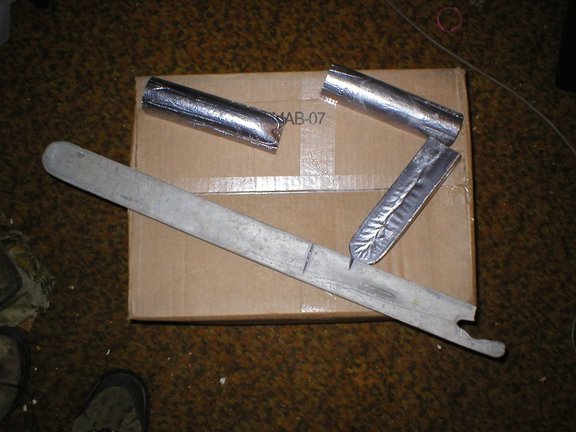Guys,
I want to trade some linotype here in my area. But before I do it I wonder if I am offering good value to both others and myself; so comments welcome. Skip the offers to buy please I am doing this face to face at the range only.
I have raw linotype and want three pounds of wheel weights for one pound. Linotype is too hard to shoot at steel. Would you think this is a good deal?
Any caveats?
Much obliged,
Max
I want to trade some linotype here in my area. But before I do it I wonder if I am offering good value to both others and myself; so comments welcome. Skip the offers to buy please I am doing this face to face at the range only.
I have raw linotype and want three pounds of wheel weights for one pound. Linotype is too hard to shoot at steel. Would you think this is a good deal?
Any caveats?
Much obliged,
Max

